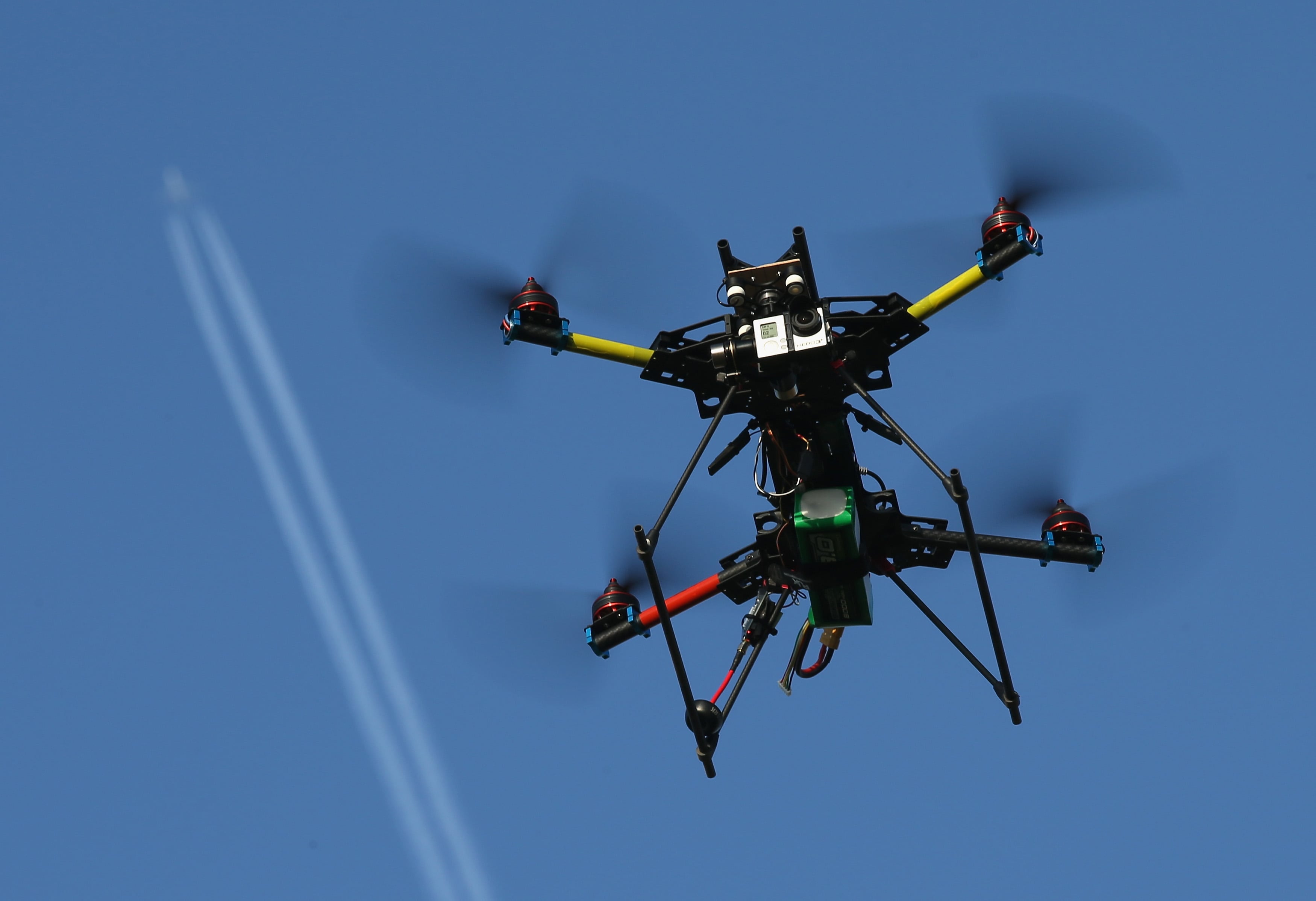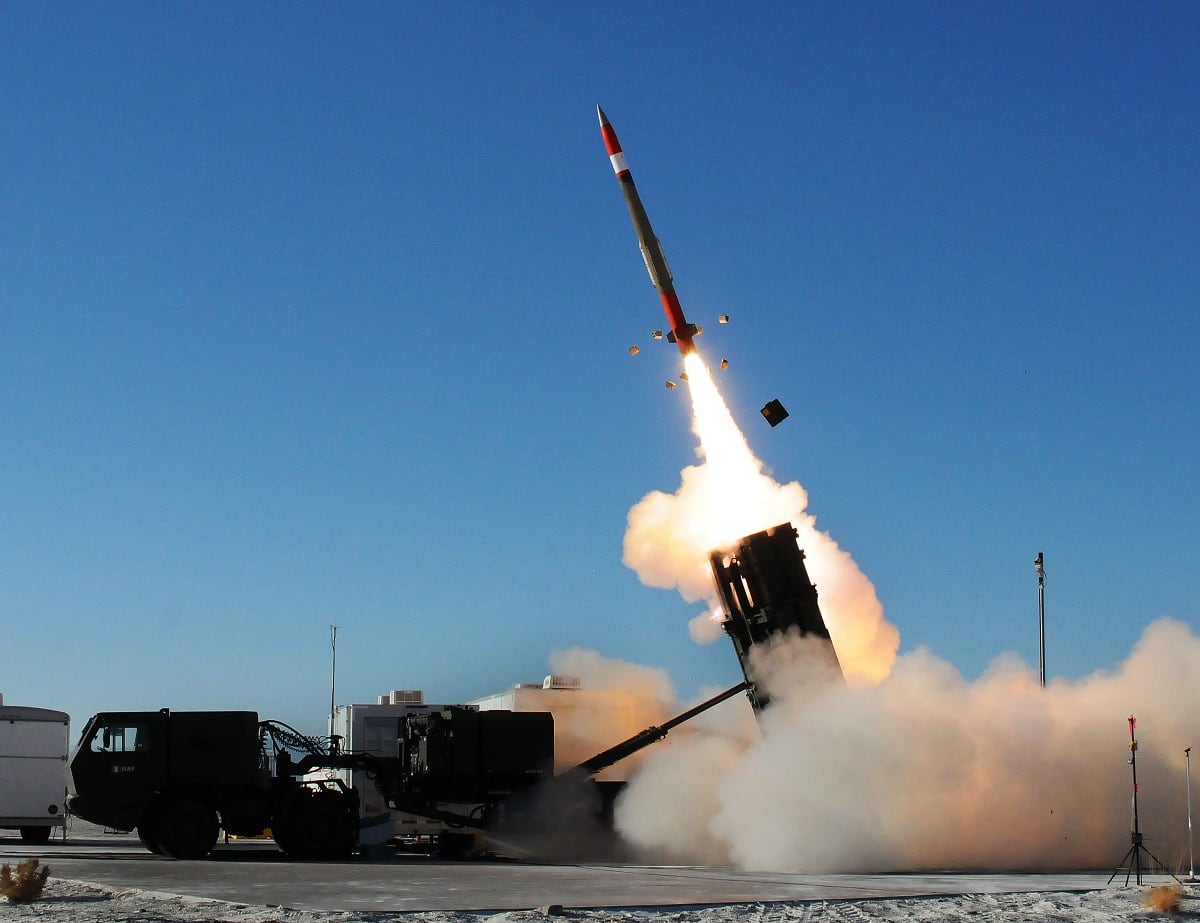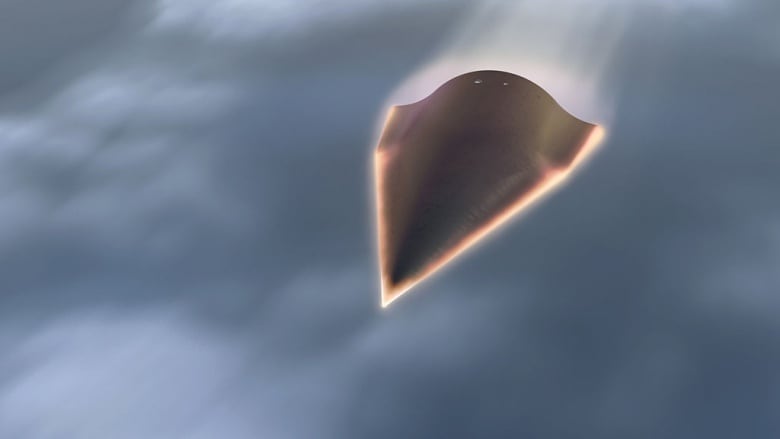WASHINGTON — A House panel wants the Army to come up with a plan to get a cheaper missile for the Patriot air-and-missile defense system.
The House Armed Services Strategic Forces Subcommittee is pushing in its mark-up of the fiscal year 2020 defense authorization bill — released June 3 — for the Army to bring options to Congress for a low-cost interceptor to be used in the Raytheon-made Patriot system. That is because the most updated variant is roughly $5 million a shot, and a cheaper missile would be attractive to foreign customers with Patriot systems.
In recent years, reports have cropped up, for example, of Patriot missiles being used to take out cheap, commercial, off-the-shelf drone threats in the Middle East, fueling the desire to have a less expensive interceptor in the mix.
“With ballistic missile threats increasing globally, combatant commander global force management requirements for the missile defense capacity have consistently been increasing,” the subcommittee states in its bill.
Patriot air defense systems are the most frequently deployed asset worldwide and the Army and its allies are expending pricey missiles to take out cheaper targets.
RELATED

With the Lockheed Martin-made Patriot Advanced Capability-3 Missile Segment Enhancement (PAC-3 MSE) interceptor’s high cost, the panel notes, “the incorporation of a low-cost interceptor to supplement existing Patriot interceptor variants could assist in increasing U.S. procurement quantities.”
And foreign customers are in the market for a cheaper missile, the subcommittee adds, could make the development of a new interceptor even less expensive because increased sales would drive down the cost of production.
Poland, for example, wants a low-cost interceptor to supplement its order of Patriot missiles in the second phase of its acquisition plan for the Patriot system. Raytheon has offered SkyCeptor, a variant of the Israeli company Rafael’s Stunner missile.
The committee is directing the Army, should the language in the bill survive to become law, to provide a briefing to the panel by the end of the year “on options to incorporate a low-cost interceptor into the Patriot system.”
It adds, “The report should include cost, schedule, technical, and operational considerations, in addition to an assessment of potential for foreign military sale.”
RELATED

A few years ago, even though concern over the Army’s shrinking munition stockpile was growing due to operations in the Middle East, the service was wrestling with whether it would re-certify the lower-cost Patriot interceptor — the Patriot Guided Enhanced Missile.
That decision still has not been made.
GEM-T missiles cost roughly 50 percent less than an MSE version and are used by a variety of Patriot customers around the world. There are 16 countries that own or have ordered Patriot systems globally.
Raytheon has recently proposed a GEM-T missile containing Gallium Nitride (GaN) in the transmitter portion of the system, which will improve the missile’s performance. Raytheon has developed the GaN version of GEM-T for an undisclosed country and would roll it into GEM-T orders for the Army in the future if given the go-ahead.
RELATED

It is unclear what the appetite within the service is for a low-cost Patriot interceptor as the Army is focused on developing its future Integrated Air-and-Missile Defense system as one of its top modernization priorities.
The Army, according to its fiscal year 2020 five-year budget plan, wants to develop a new interceptor for IAMD. The system will replace Patriot and consists of a Northrop Grumman-developed command-and-control system. The service is also holding a competition for a new radar.
Jen Judson is an award-winning journalist covering land warfare for Defense News. She has also worked for Politico and Inside Defense. She holds a Master of Science degree in journalism from Boston University and a Bachelor of Arts degree from Kenyon College.








